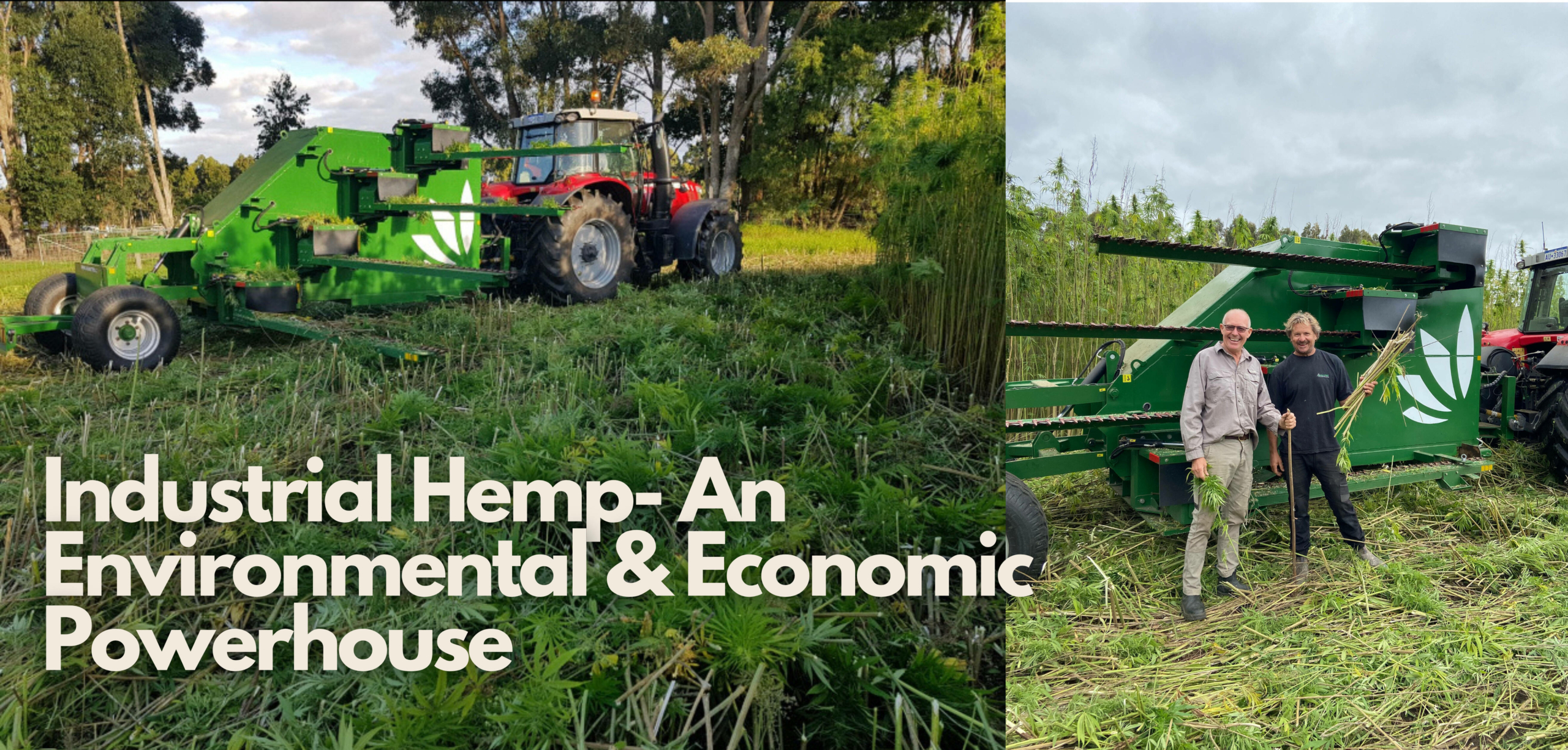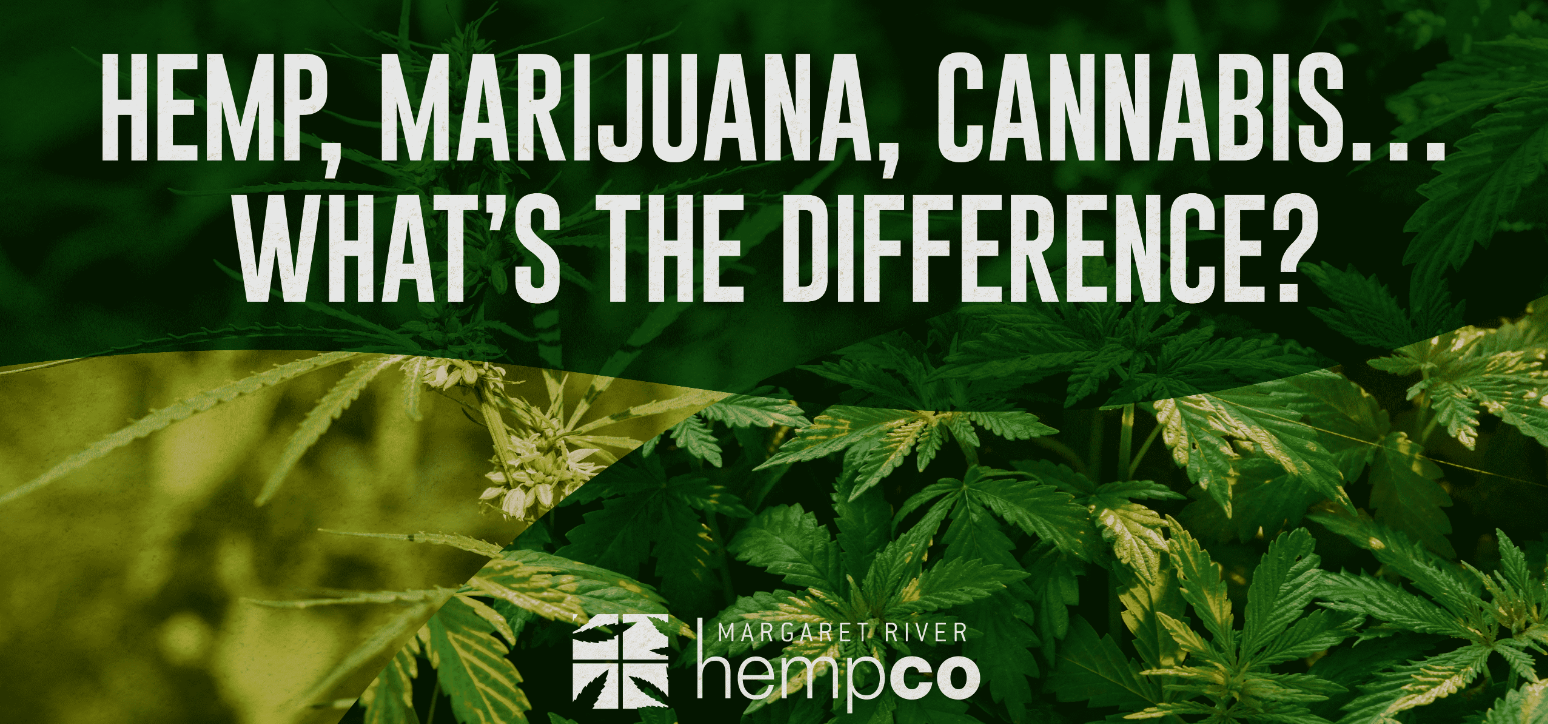
There are very few agricultural products that have made a significant increase in productivity of up to 455% since 2018. One at the top of this list is industrial hemp which has recorded massive gains since it became legal across the country.
Researchers predict the hemp industry will continue to grow as more states continue to benefit from its use, creating more job opportunities for hemp farmers and the industry's overall growth.
A driving force behind the growth in the Australian Industrial Hemp industry is the AIHA (Australian Industrial Hemp Alliance), a not-for-profit Association.
The purpose of the Alliance is to represent businesses and organisations involved in industrial hemp and associated products at a national level, in order to develop and grow the Australian industry.
Head over to their website for some great resources on the industry.

Industrial hemp is a plant that belongs to the Cannabis sativa species, known for its use in the provision of industrial and consumer products. Hemp is cultivated in over 30 countries and is an essential source of raw material for many primary industries including food, agriculture & construction.
Many people tend to confuse industrial hemp and "marijuana" based on their visual similarities (and years of conditioning from propaganda campaigns). By distinction, industrial hemp contains more fibre and is very low in active tetrahydrocannabinol, known as THC, the psychoactive compound in marijuana and other cannabis varieties.
Marijuana, on the other hand, contains up to 15% to 40% of tetrahydrocannabinol, which makes it a highly intoxicating substance. Industrial hemp also has a higher percentage of CBD, making it a better alternative for industrial uses than marijuana.
Hemp plants grow typically in close proximity to each other- as little as 4 inches apart, whereas marijuana plants require up to six feet from each other for proper growth. The growth rate of these two also differs, considering marijuana takes about 60 to 90 days to grow, while hemp requires up to 108 to 12o days to grow.
Find out all about the differences in our original blog here.

Industrial hemp provides the sustainability and durability that make it stands out from its competitors. Almost every part of the hemp- its fibres, oils, leaves, and seeds provide its own economic benefits to man, some of which include the following:
Hemp grows best in well-drained soil with a pH in the range of 6.0 to 7.0. Hemp will hardly grow on clay soil or soils with high moisture content, given its high sensitivity to crusting and compaction.
Hemp is regarded as a short-day plant; maturity starts when the day length is below 12 hours of sunlight.
Hemp seed is ready for harvest when the seeds begin to break, though the plants remain green. At this stage, 70% of the seeds are set for harvesting, and their moisture content is about 25%. Delayed harvest may result in grain losses due to grain quality, bird damage, or excessive shattering of seeds.
Hemp fibre is typically harvested when the plants are anywhere between early bloom and seed set. After the cutting, a process known as retting is used to break the bonds between the outer long fibres and the inner long fibres.

The most common retting method involves leaving the crop to dry up in the fields for as long as five weeks for field decomposition. The dried crops are then bundled into a storage facility where they are further processed into finished products.
Industrial hemp is a game-changer that has the potential to shape the future of agriculture in generations to come. The plant also plays a vital role on the global stage in helping impoverished communities both in economic and nutritional areas.
However, it is important that any farmer who will grow hemp must have the legal approval of the law. Industrial hemp producers should be able to identify the sales channel available for their products before they start production and ensure they have all the required permits in accordance with the law.